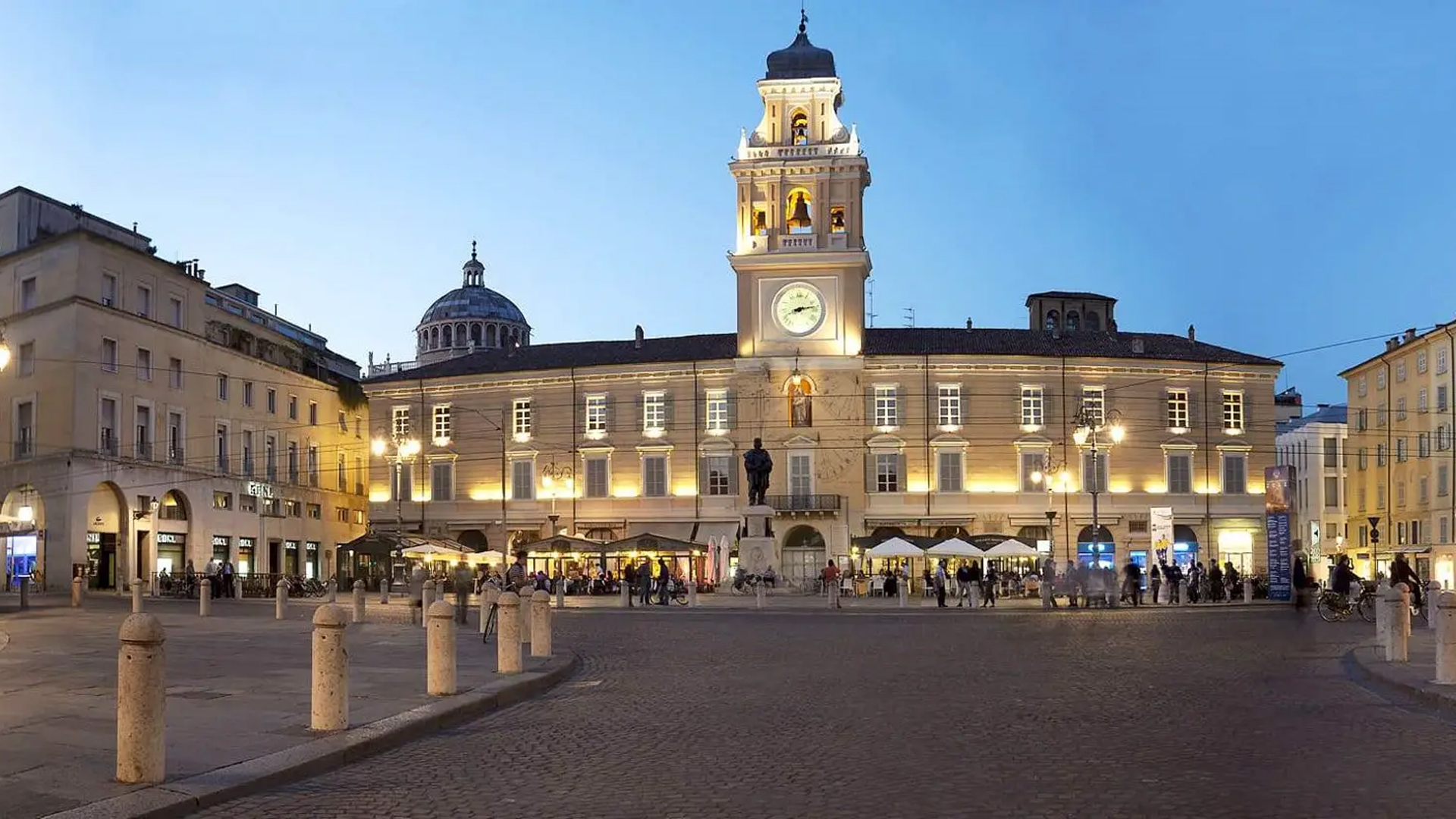The name Parma, a glorious city in Emilia Romagna, derives from the word parmula—a round or elliptical shield used by the Roman army, which is one of the city’s current symbols. In the 18th century, Parma has been the sumptuous capital of the Duchy of Parma and Piacenza, led by Maria Luigia, and is no doubt one of Italy’s gastronomic capitals. Parma is one of the greediest cities in Italy: greedy for culture, thanks to its architectural, artistic, and other cultural beauties. Elected the Italian Capital of Culture 2020, Parma is teeming with an intense culture focused on art, music, and good food. This is the home of the sweetest and best ham in the world and the inimitable Parmigiano Reggiano cheese. Explored on foot or by bike, one will be enchanted by the discreet charm of this town in Emilia Romagna that boasts works by painters Correggio and Parmigianino. Here are some spotlights of the town that you can’t miss:
Il Duomo
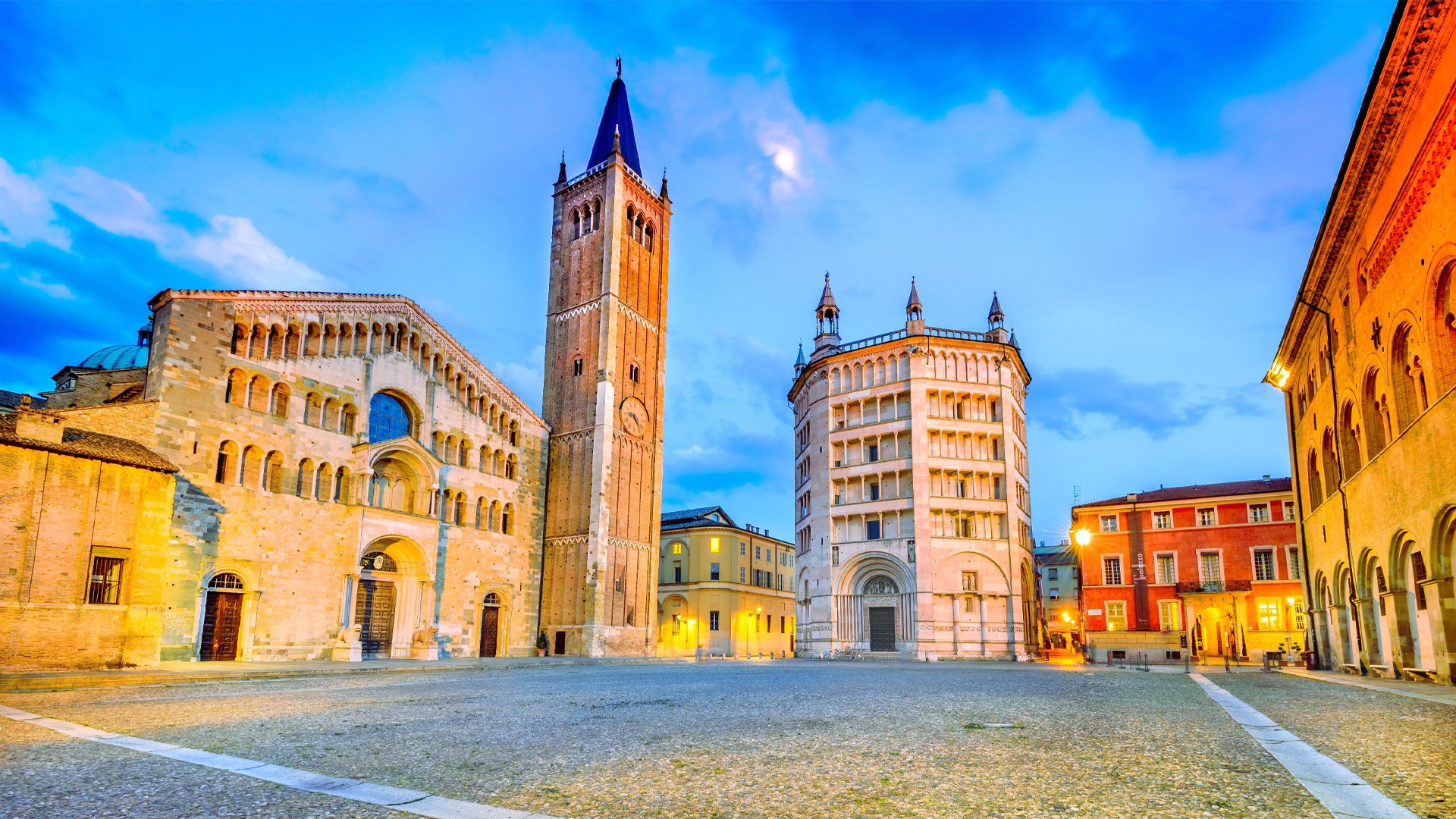
(Photo Credit: Trips.com)
The official name of Parma’s cathedral is St. Maria Assunta. Standing in the city center, it was consecrated in 1106 and is the most important place of worship in the city. Together with the elegant Baptistery of San Giovanni and the Bishop’s Palace, St. Maria Assunta represents one of the most majestic architectural works of the medieval Romanesque period, featuring an imposing façade called “hut” that is typical of Nordic medieval churches. Brilliant medieval artist Benedetto Antelami enormously contributed to the beauty of the Church.
Teatro Regio Giuseppe Verdi
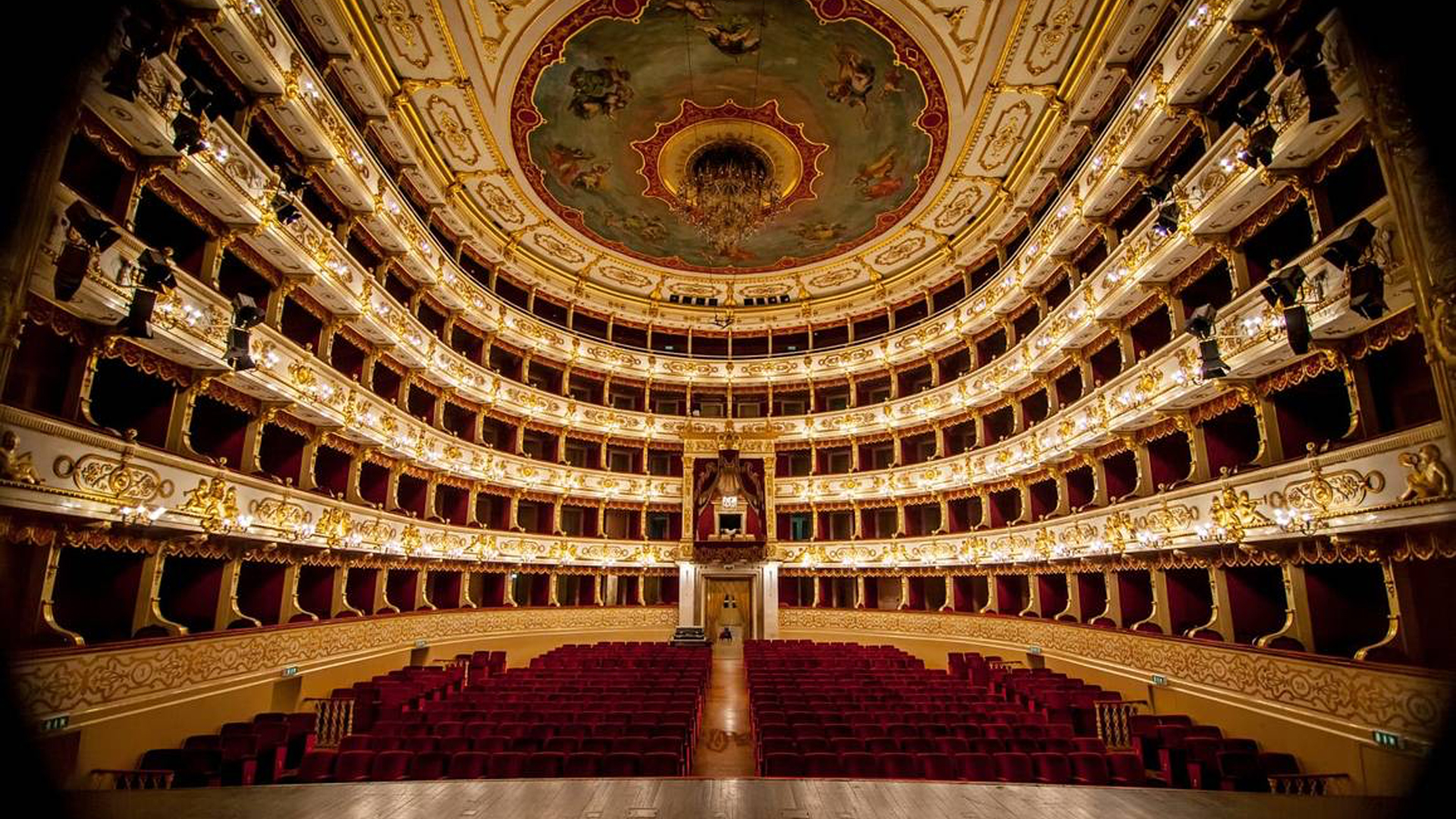
(Photo Credit: iitaly.org)
Like Milan’s Teatro alla Scala, this theater is considered among the temples of symphonic and opera music. Two geniuses of classical music, opera composer Giuseppe Verdi and conductor Arturo Toscanini, were born in Parma, establishing it as a musical mecca. The Teatro Regio audience is among the most experienced in musical knowledge and demanding in terms of excellence. Among the beautiful contemporary initiatives of the theater are many workshops designed for expectant mothers, newborns, and toddlers three to six years old. The philosophy behind these workshops is that approaching classical music even before birth and learning to love it from childhood enriches us for a lifetime.
Prosciutto Crudo di Parma D.O.P

(Photo Credit: Trips.com)
There is only one authentic “King of Hams,” Prosciutto Crudo di Parma, awarded the Designation of Protected Origin (DOP) status and by law produced solely in the province of Parma. As described by the official Parma Ham website, “Making a Parma Ham is a long and painstaking process; all producers of Prosciutto di Parma share one goal: To cure a leg of pork with pure sea salt in order to keep the meat as sweet-tasting and as supple as possible. The hams are made from the rear haunches of the pig; the curing is controlled carefully so that the ham absorbs only enough salt to preserve it. By the end, a trimmed ham will have lost more than a quarter of its weight through moisture loss, helping to concentrate the flavor. The meat becomes tender and the distinctive aroma and flavor of Parma Ham emerge. One taste will leave you speechless and prove to you why this is a world-renowned specialty food of the highest class.
Farnese Theatre at Palazzo della Pilotta

(Photo credit: Palazzopilotta.it)
This astonishing Baroque-era theater was built rapidly in 1618 using lightweight materials including wood and painted plaster. Ranuccio I, fourth Duke of Parma and Piacenza (1593-1622), commissioned the theater to celebrate a visit to Parma by Cosimo II de’ Medici, Grand Duke of Tuscany, as he traveled to Milan. The Duke died before making his journey, and the structure did not come into use until 1628, when a Medici wedding extravaganza included a special production on the stage. The largely forgotten building was almost completely destroyed in a 1944 bombing raid and rebuilt in modern times. Today the theater has been restored to us as one of the most extraordinary examples of theatrical architecture from the 17th century.
Camera di San Paolo
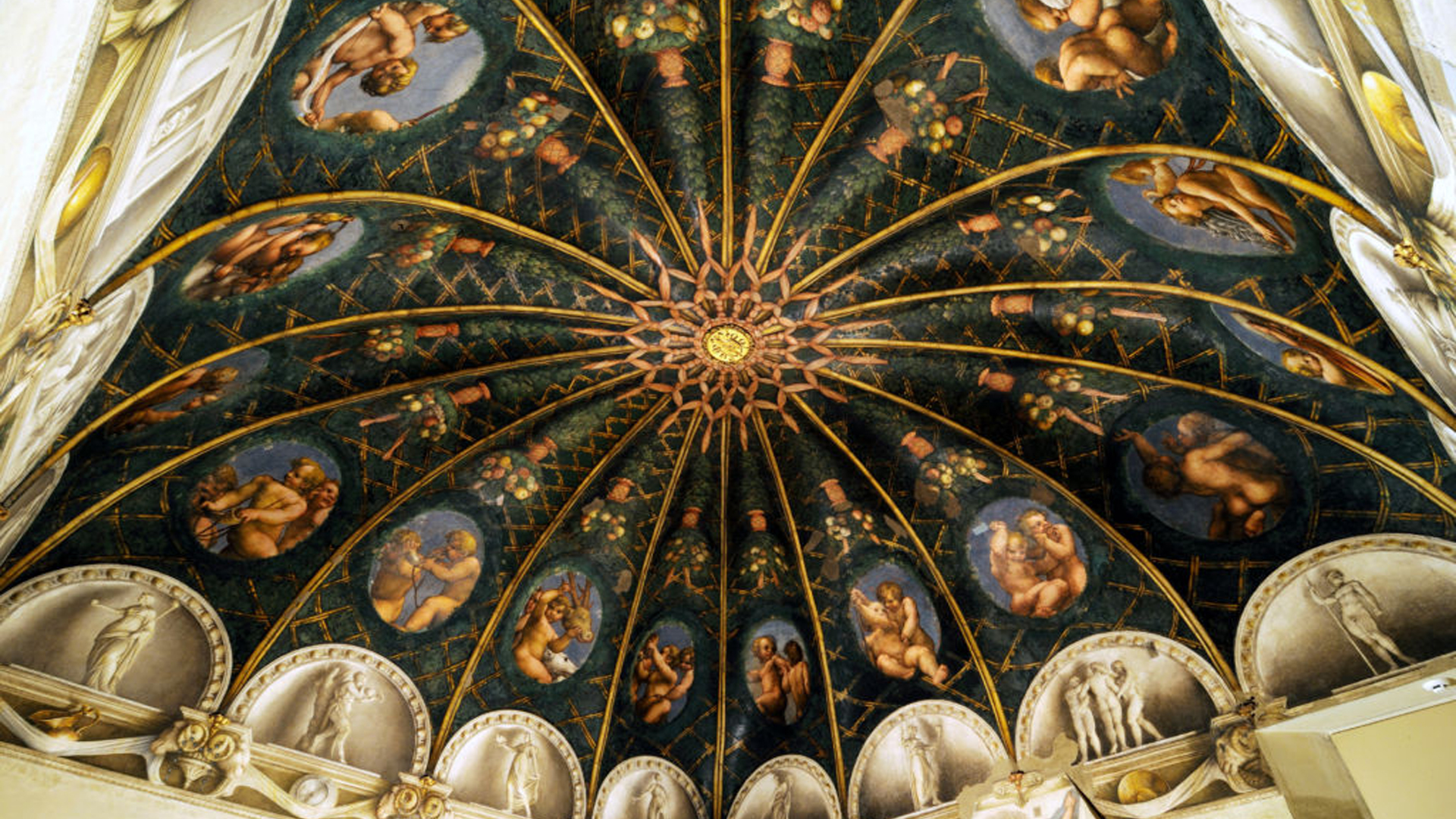
(Photo Credit; parmawelcome.it)
San Paolo is a former convent located in central Parma, best known for housing the Camera di San Paolo (Chamber of St. Paul) decorated in frescoes painted by Correggio in 1519. This palatial convent was home to aristocratic abbesses and daughters of noble families, as was the custom in the 16th century. Since even the wealthiest families could not afford dowries for each of their daughters, some were sent to convents to spend their unmarried lives outside society. Abbess Giovanna Piacenza commissioned the famed Correggio to decorate the domed ceiling of her private room, now called the Camera di San Paolo or Camera della Badessa. He painted between the ribs of the dome to simulate a pergola, pierced by small windows showing smiling cherubs and hunting representations with the goddess Diana.In 1810, after the arrival of Napoleonic rule, the convent was suppressed, ultimately coming under the management of the City of Parma. Today its sumptuous rooms are public museums.
Birthplace and Museum of Arturo Toscanini
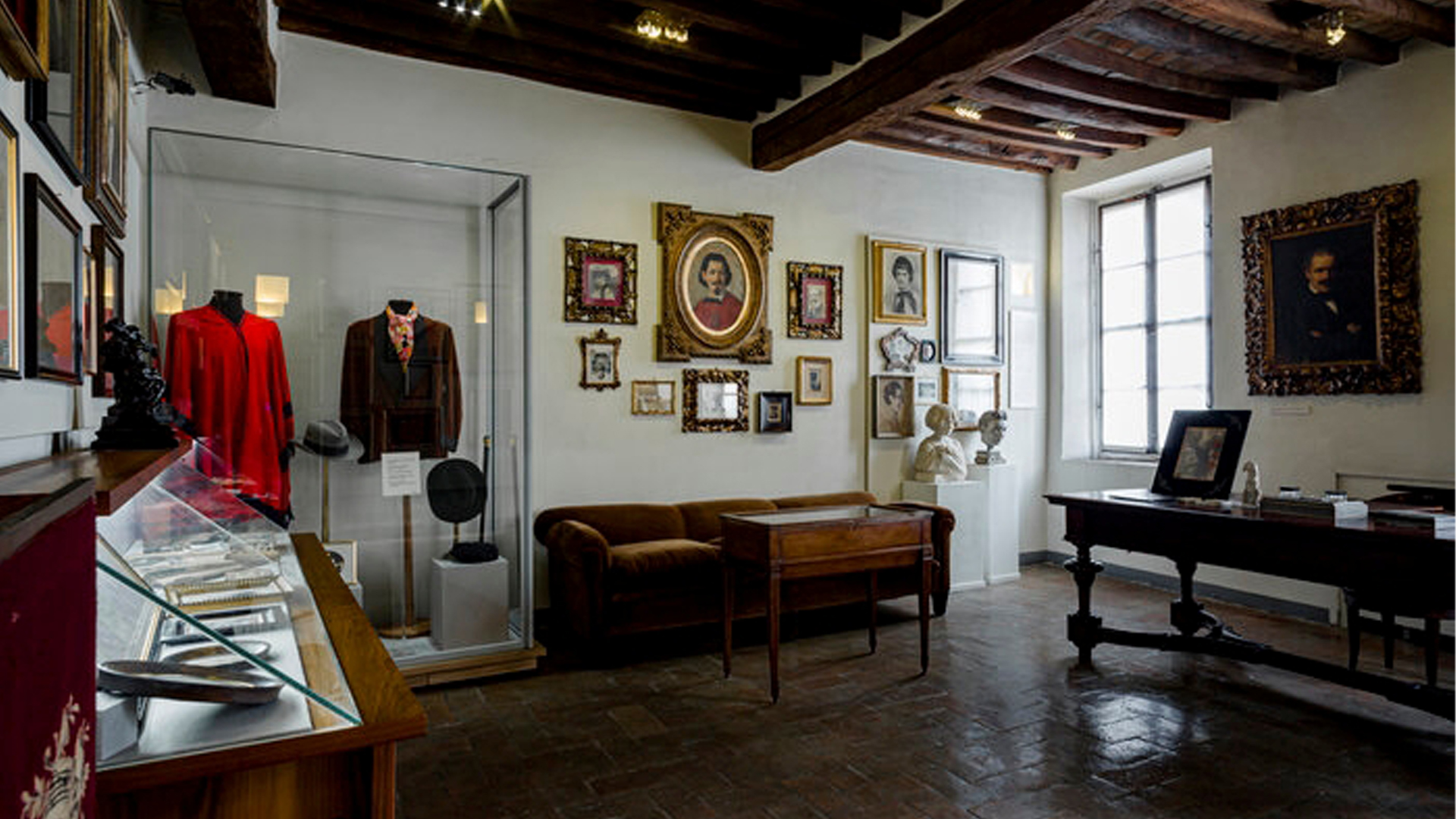
(Photo credit: Comune.parma.it)
Legendary conductor Arturo Toscanini was born in this house in Parma’s popular Oltretorrente (beyond the Magra River)district on March 25, 1867.The home was converted to a museum in January 2007 to give the public rare insights into the life of one of the world’s greatest maestros. Politically restless and proudly Italian,Toscanini always remained tied to his neighborhood, in spite of spending part of his life in the U.S. where he died in New York City in 1957.He was one of the most acclaimed music directors of the late 19th and first half of the 20th century, gaining international fame thanks to radio and television broadcasts and several recordings as the music director of the NBC Symphony Orchestra. Thirty years after his death he was awarded the Grammy Lifetime Achievement Award to add to his many honors and recognitions.
Parmigiano Reggiano Cheese
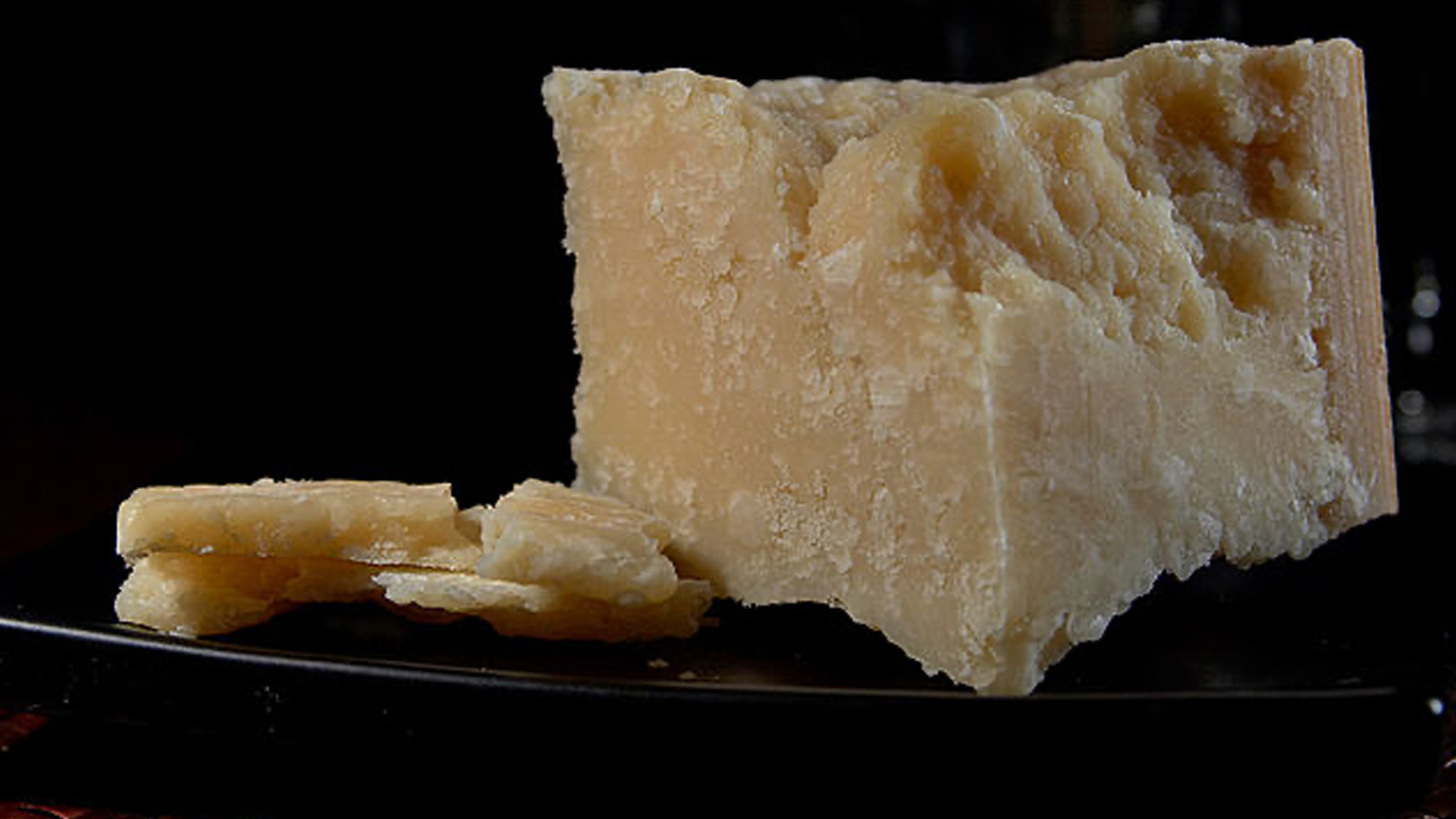
Like Parma Crudo ham, Parmigiano Reggiano cheese has thousands of poor imitators across the world, but the king of cheeses is only from Parma. You’ll know it’s the real thing by the “Consorzio '' fire-branded mark that means it meets the requirements of the PDO, the Protected Designation of Origin. The original is ideal as a main course, snack, or topping for a great plate of pasta. True connoisseurs distinguish between 12, 24, and 30-month aging for this famous cheese. A taste known everywhere, Parmigiano Reggiano is synonymous with made-in-Italy well-being and quality.
Barbara Benzoni
Barbara Benzoni was born in Milan and lives between Rome and Tuscany. She is devoted to USA, the land of courage and innovation. She’s Peter's super-lucky mum and Ale's wife. Cinema, art, good food and only beautiful things are the themes of her existence. With a degree in Italian literature and a Masters in Sports Management she can both enjoys books and basketball matches. In 25 years she has been organizing sport events all over the world and she’s been lucky enough to meet the greatest champs ever. Curiosity in everyday life and people are her drivers. Her personal icon is Mohammed Ali : "It's not bragging if you can back it up".

